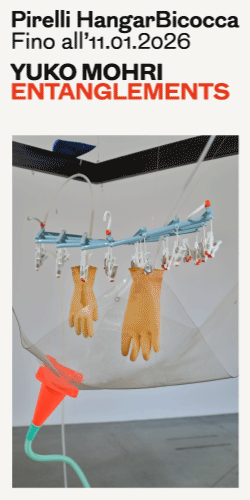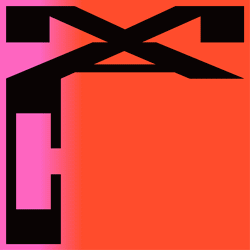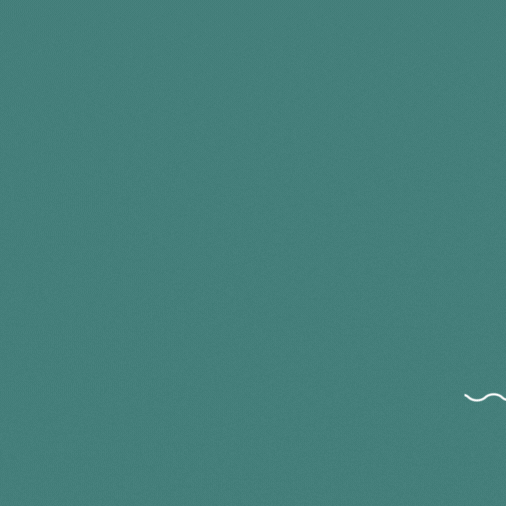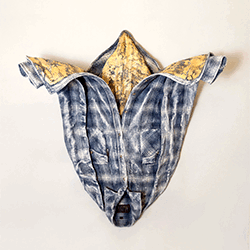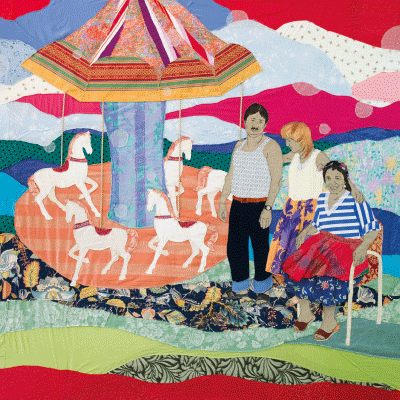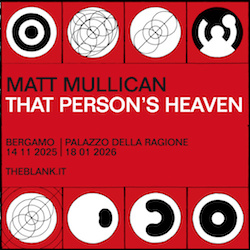
The New York-based artist Anne Vieux talks to ATP diary about her new body of work presented at London’s Annka Kultys. Blurring boundaries between computing, printing and painting through light and abstraction, Vieux create a third ambiguous territory, where the viewer’s consciousness complete the work.
ATP: The title of your first solo exhibition ‘Mesh’ at Annka Kultys comes from ‘enmeshment’: a concept that refers to ‘relationships between two or more entities in which personal boundaries are permeable and unclear.’ How is this idea reflected in your new body of work?
Anne Vieux: I was thinking about the multiple associations of mesh. Mesh is the product of two lines intersecting at parallel vertices. Mesh is the plane on which to create in digital modeling programs, but also a psychologically charged physical space.
The paintings are hung parallel to the viewer, who in my become a vertice, or marker in space. I used the concept of enmeshment loosely, thinking about how the viewer might be seduced into the surfaces of the paintings, and boundaries between what is physical / digital.
ATP: Is your work an attempt to disrupt the traditional notion of painting? That the word actually can encompass more than what we’ve allowed it to thus far? Can painting be considered an expanding medium?
AV: I think so. I use painting because of what effect can have on the body and vision. It can exist simultaneously as an image and an object. I’m particularly driven towards abstraction. I’ve found that it can be a surprisingly accessible language and that there is a lot of room to expand it. One of my challenges is the make work that uses the painting constructs of the window, mirror, frame, but also the screen simultaneously.
I hope to subvert the traditional notions and expectations of painting. It’s dangerous though, because it can easily become PAINTING. The question of how an image performs, where it can exist, and what kind of effects it has been called into question with our current technological culture.
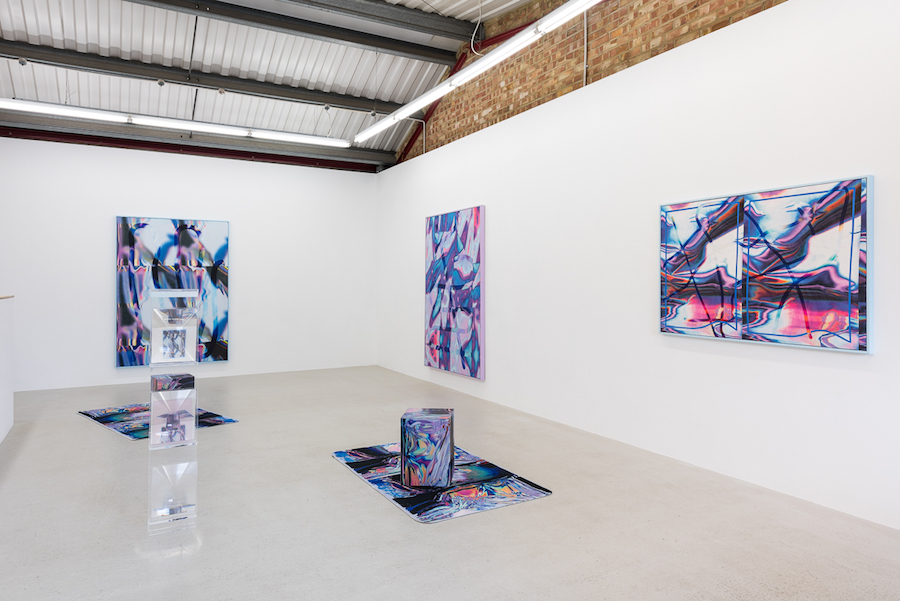
ATP: Technology and light are the subjects or medium of your work?
AV: Light through the lens of technology is more often the medium of the work, and depending on the piece ideas around mediation, the body, femininity, and computing are the subjects.
ATP: Your process include complex layers of computing, printing and painting – Mediating between illusion and materiality, you create a third ambiguous territory, where the viewer’s consciousness complete the work. Where do the ideas of transmutability and shifting realities come from?
AV: Transmutability comes from ideas around cyberfeminism. Making space for subjectivity and ambiguity is important to me. It’s a kind of approach to a technological idealism, where one is free from binaries.
I am fascinated by the philosophy of science and beauty. It from bit, the idea that everything is data and can be computed, and that desire for beauty in objects creates the illusion of becoming more than or better one’s current state.
Maybe similar to how Walter Benjamin’s ideas around the arcades affected the 20th century perception, constant access to the virtual has shaped our current state. Constant shifting of realities is something I experience daily. I think it’s a condition we live in and I truly believe that the networks we participate in and technology we develop have their own parameters of reality.
ATP: Lastly, what are you working on now/next?
AV: I am currently working works for a few group shows, one of which includes developing an installation as a platform for other artist’s works to exist in. I am also working on a VR show for a virtual gallery. I’m thinking about the importance or unimportance of architecture in experiencing my work, and that perhaps online the coding of space is the architecture.




